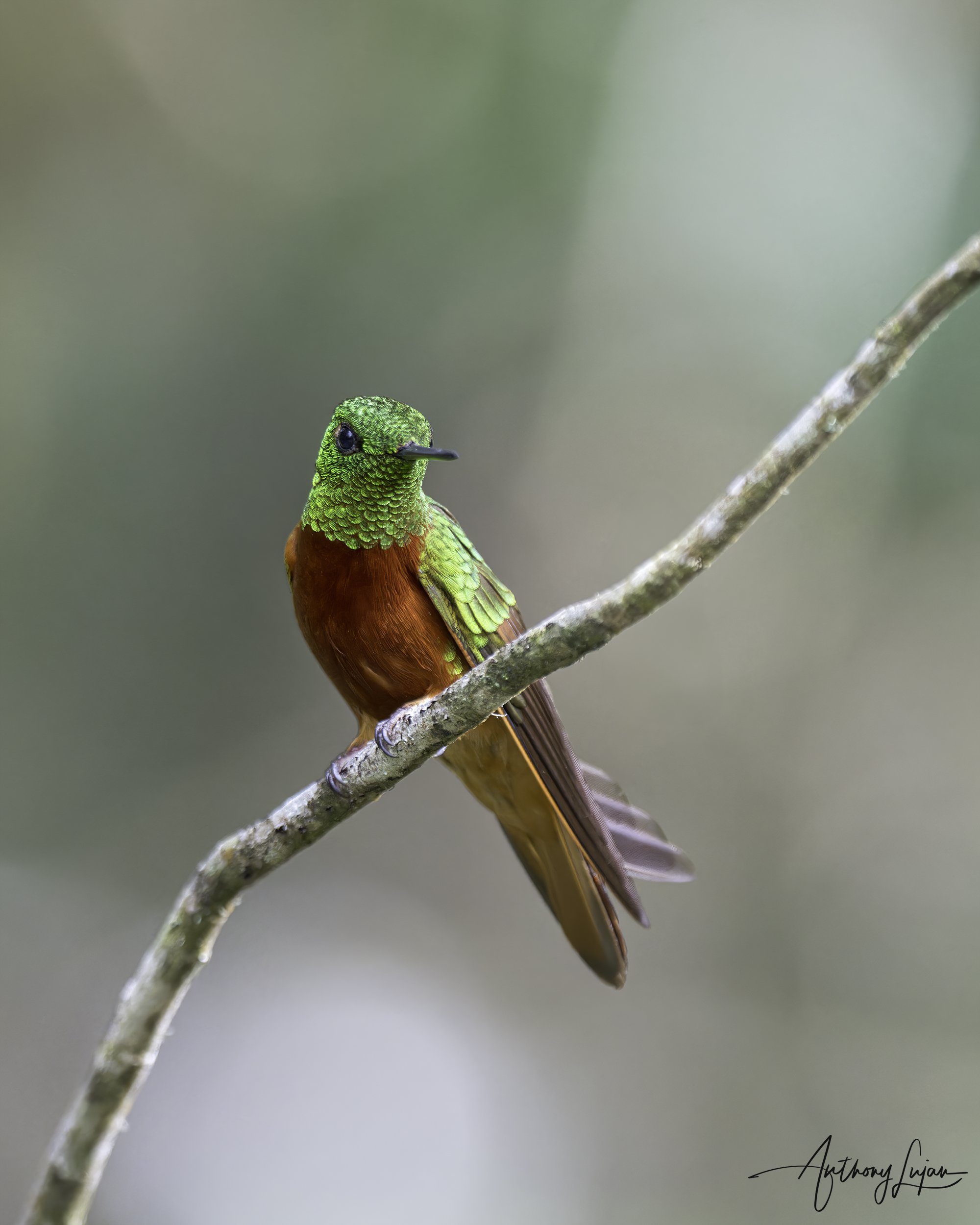Effective Strategies to Handle Bully Hummingbirds by Grouping Feeders
Introduction
Hummingbirds are known for their territorial nature, especially when it comes to guarding feeders. Sometimes, a single hummingbird can become a "bully," aggressively defending a feeder and preventing other birds from feeding. One effective strategy to manage this behavior is to group several feeders together. This article explores how grouping feeders can change the behavior of bully hummingbirds, making your garden a more welcoming place for all.
Understanding Bully Hummingbird Behavior
Territorial Aggression
Hummingbirds, particularly males, are highly territorial. They often claim a feeder as their own and aggressively chase away other hummingbirds to maintain exclusive access. This behavior ensures they have a steady food supply but can be problematic for those trying to attract multiple hummingbirds.
Impact on Other Hummingbirds
A single bully hummingbird can dominate a feeder, making it difficult for other hummingbirds to feed. This can reduce the overall number of hummingbirds visiting your garden and disrupt the harmonious feeding environment you aim to create.
Grouping Feeders Together
Changing the Dynamic
When you group several feeders together, you change the dynamic for the bully hummingbird. Instead of guarding a single feeder, the bully now has to guard an area with multiple feeders. This dilutes their territorial control and makes it harder for them to dominate all the feeders.
Creating a Feeding Zone
By placing multiple feeders in close proximity, you create a feeding zone rather than a single point of interest. This can confuse the bully hummingbird and reduce aggressive behavior, allowing other hummingbirds to access the feeders more easily.
Practical Tips for Grouping Feeders
Cluster the Feeders: Place feeders close together, within a few feet of each other. This forces the bully to patrol a larger area, which is more challenging than guarding a single feeder.
Use Different Heights: Hang feeders at different heights to create multiple levels of feeding spots. This can further complicate the bully’s efforts to control all the feeders.
Add Visual Barriers: If possible, use plants or decorations to create visual barriers between feeders. This can help break the line of sight for the bully hummingbird and make it harder for them to monitor all feeders simultaneously.
Additional Strategies to Reduce Bullying
Use Multiple Feeding Stations
Besides grouping feeders together, consider setting up multiple feeding stations in different parts of your garden. This disperses the hummingbirds and reduces competition at any one feeder.
Provide Natural Food Sources
Plant nectar-rich flowers to provide natural food sources for hummingbirds. This can help alleviate pressure on the feeders and give bullied hummingbirds alternative feeding options.
Monitor and Adjust
Regularly observe the behavior of the hummingbirds around your feeders. If you notice persistent bullying, adjust the placement of feeders or add more to balance the feeding opportunities.
Conclusion
Handling bully hummingbirds can be challenging, but grouping feeders together is an effective strategy to reduce aggressive behavior. By changing the dynamics and creating a more complex feeding environment, you can ensure that all hummingbirds have access to the food they need. Implement these tips to create a harmonious and inviting garden for your feathered friends.
Please note: The content provided on this blog is for educational purposes only and contains general information.

